
How to Stop Your Dog from Begging at the Table
Your dinner table isn't the place for your furry friend's persistent begging. Break the cycle by establishing a designated space for your dog during mealtime where they can retreat and enjoy their own treats, ensuring harmony between you and your pup.
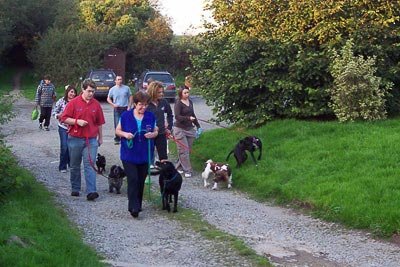
The Importance of Micronutrients in Dog Training
As our canine companions learn new tricks and behaviors, it is easy to overlook the role of micronutrients in their training. However, these tiny yet crucial nutrients play a significant role in optimizing their brain function and overall health, ultimately enhancing their learning ability and performance.

Can You Train a Dog to Be Less Territorial? What You Need to Know
Territorial behavior in dogs can be challenging to deal with, but with proper training and guidance, it is possible to help your furry friend become less territorial. Understanding the root causes and implementing positive reinforcement techniques can go a long way in transforming your dog's behavior and creating a harmonious living environment for everyone involved.

How to Train a Dog to Stop Chewing: FAQs
Does your furry friend have a knack for turning your favorite shoes into chew toys? Discover the answers to your burning questions on how to train a dog to stop chewing and reclaim your belongings with these expert tips and tricks.

The Role of Amino Acids in Dog Training
Diving into the intricate world of dog training, it becomes apparent that amino acids play a crucial role in shaping our furry friends' behavior. From fostering impulse control to enhancing learning capabilities, these tiny building blocks of life prove that greatness truly can come in small packages.

How to Use a Dog Training Choke Chain Safely
When it comes to dog training choke chains, safety should always be a top priority. By understanding the correct way to use them, ensuring a proper fit, and using them in combination with positive reinforcement techniques, you can help guide your furry friend on the path to good behavior without compromising their well-being.
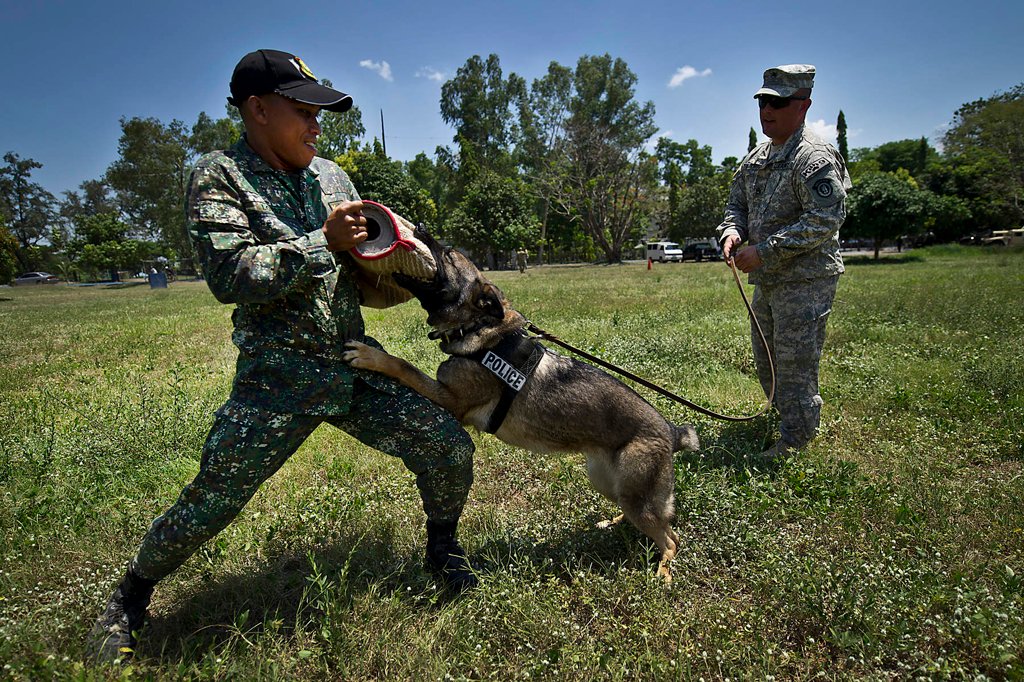
Mastering the “Sit” Command in Dog Training
Teaching your furry friend to sit on command is a crucial step in their training journey. With patience and consistency, you can unlock a world of possibilities and establish a deeper bond with your pup. Discover the art of mastering the "sit" command, and watch your dog's obedience skills soar to new heights.
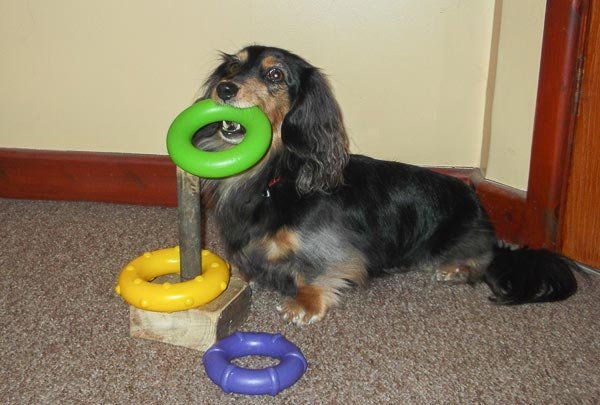
Dog Training for Destructive Chewing: Save Your Furniture
Does your furry friend have a taste for destruction? Discover effective strategies to divert their chewing urges towards appropriate toys and protect your beloved furniture from their destructive jaws. With a little training and patience, you can enjoy a harmonious home with your canine companion.

How to Train Your Dog for Therapy Visits
If you're looking to train your dog for therapy visits, start by exposing them to various environments and socializing them with different types of people. Teach them basic obedience commands, like sit and stay, and gradually introduce them to the sights, sounds, and smells they may encounter during therapy visits. Remember to be patient and reward them with praise or treats for their progress.
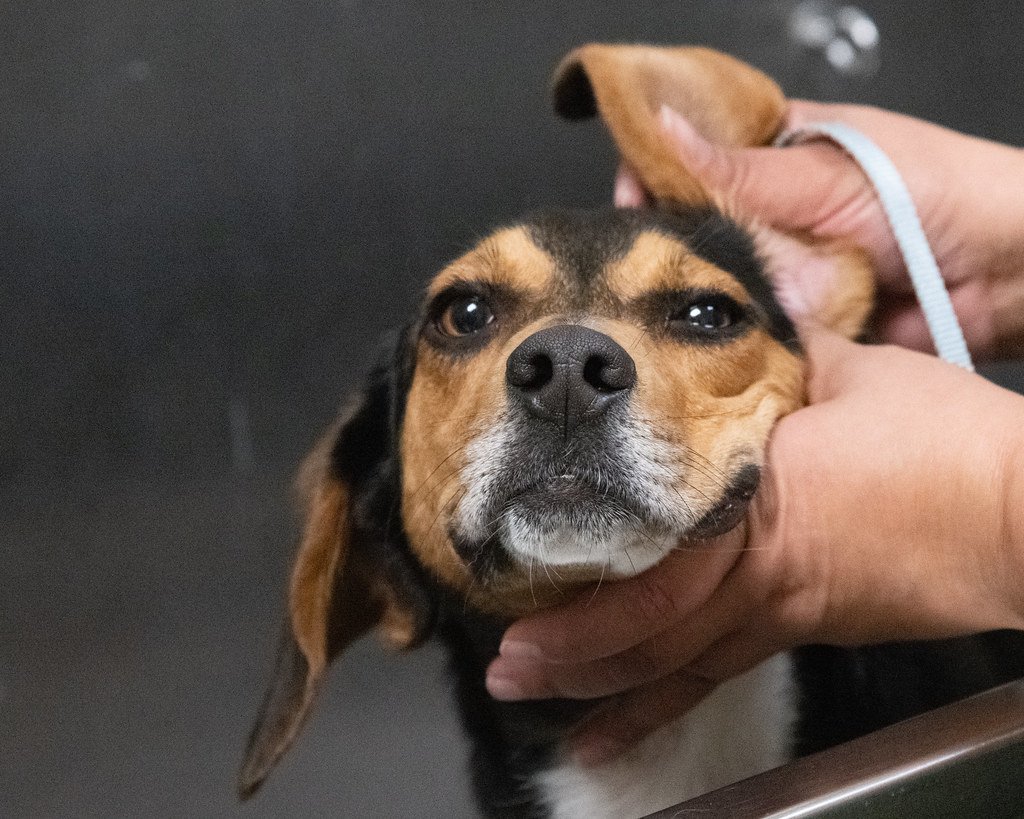
The Role of Dog Training Doorbells in Potty Training
Potty training can be a challenging task, but dog training doorbells might just be the secret weapon every pet parent needs. These bells are not only a cute addition to your door but also a valuable tool to teach your furry friend to alert you when nature calls. Say goodbye to accidents and hello to a well-trained pup with the help of dog training doorbells.
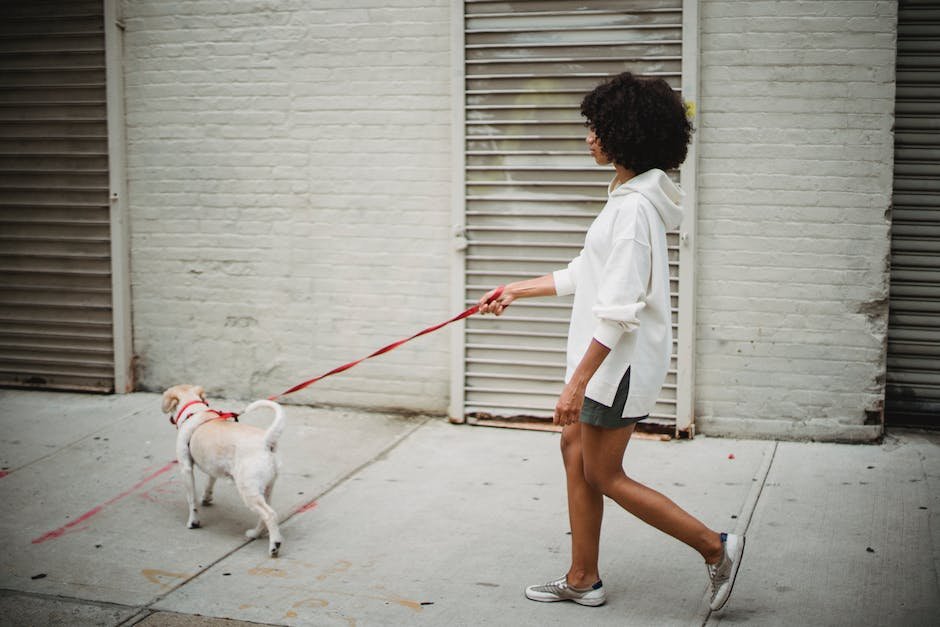
Understanding Puppy Body Language
Puppies communicate through a fascinating language of their own: their bodies. From wagging tails and playful barks to subtle ear movements and gentle nuzzles, decoding their signals unlocks a deeper understanding of their needs and emotions. Embark on a journey to decipher the delightful riddles of puppy body language, and foster a stronger bond with your four-legged friend.

